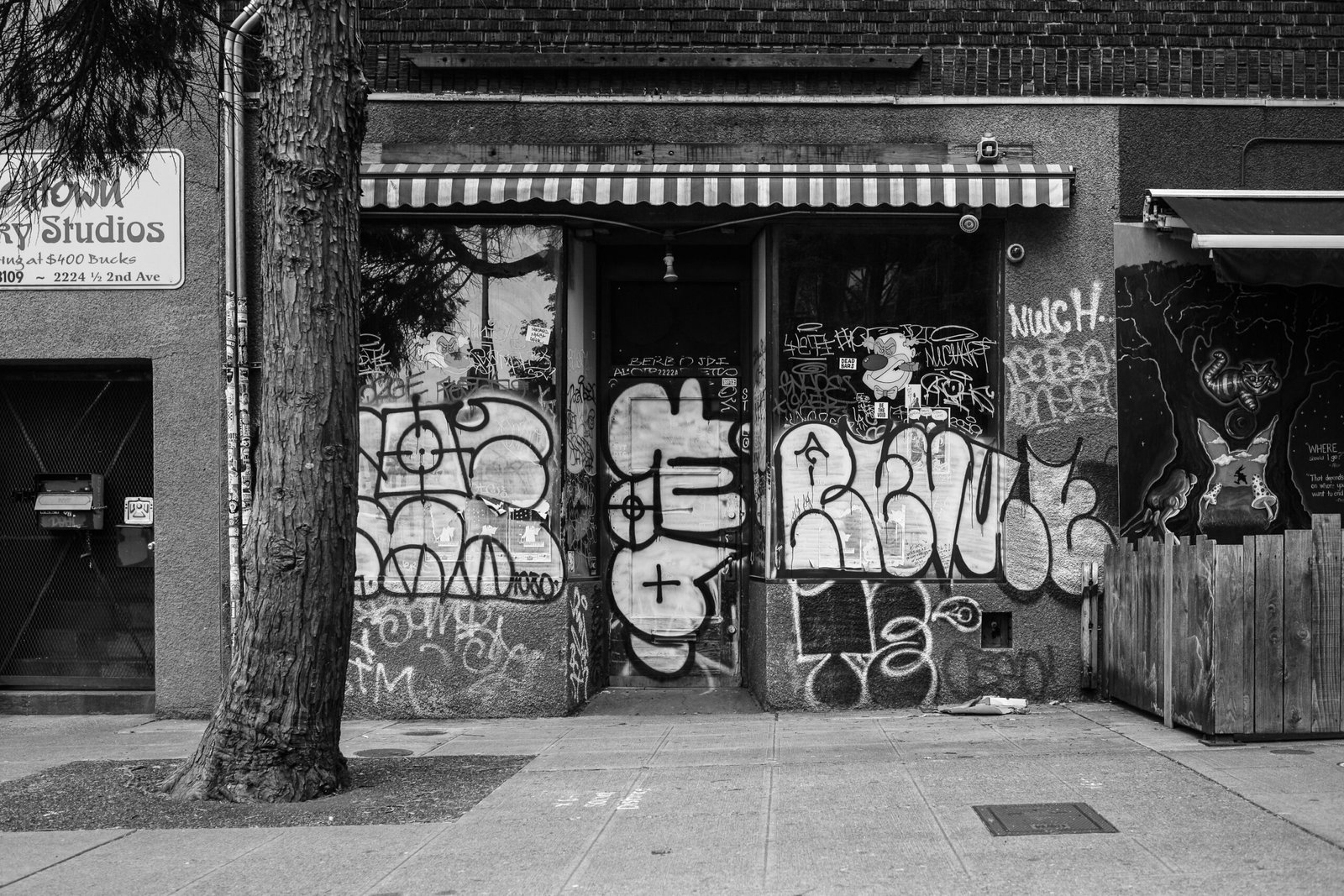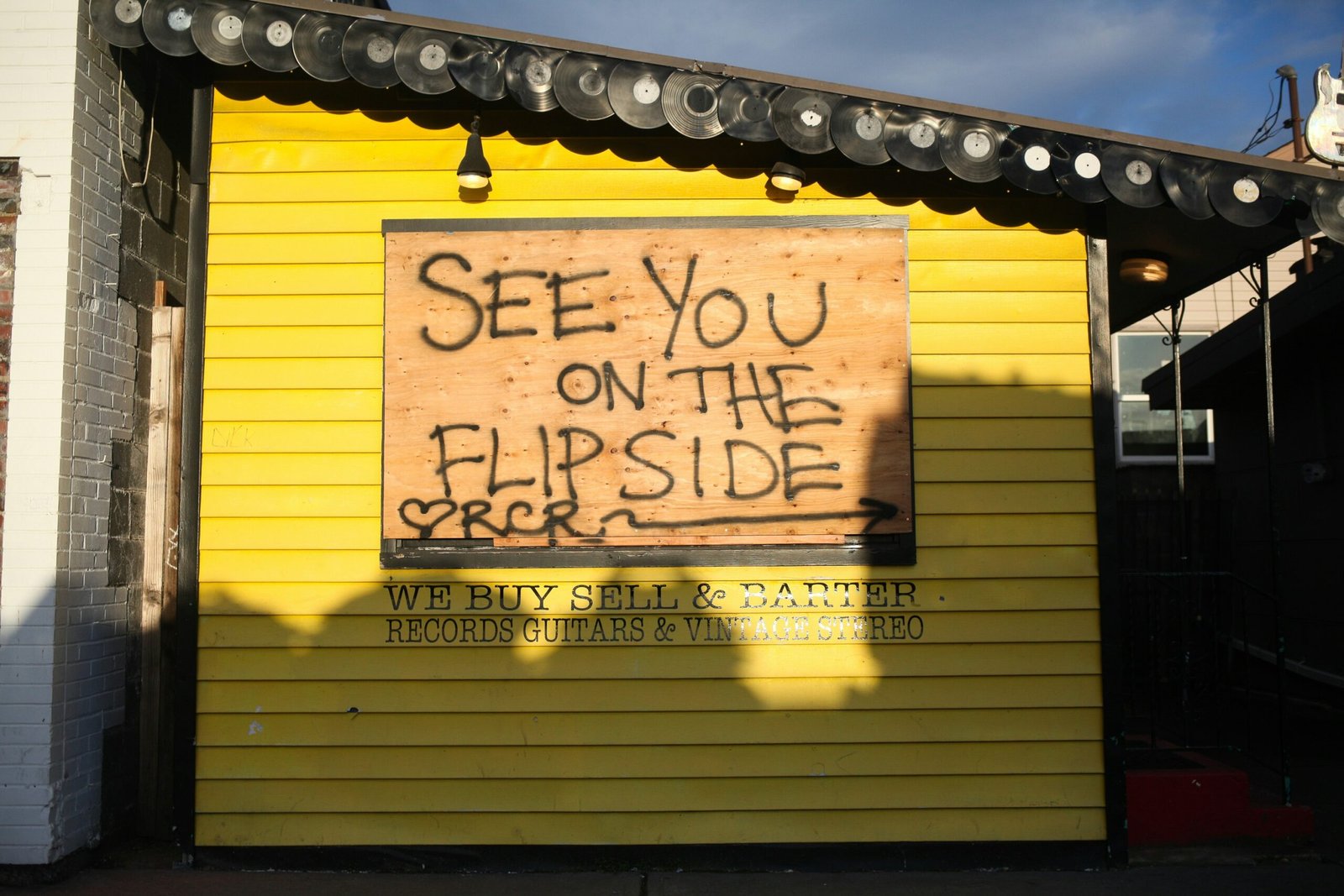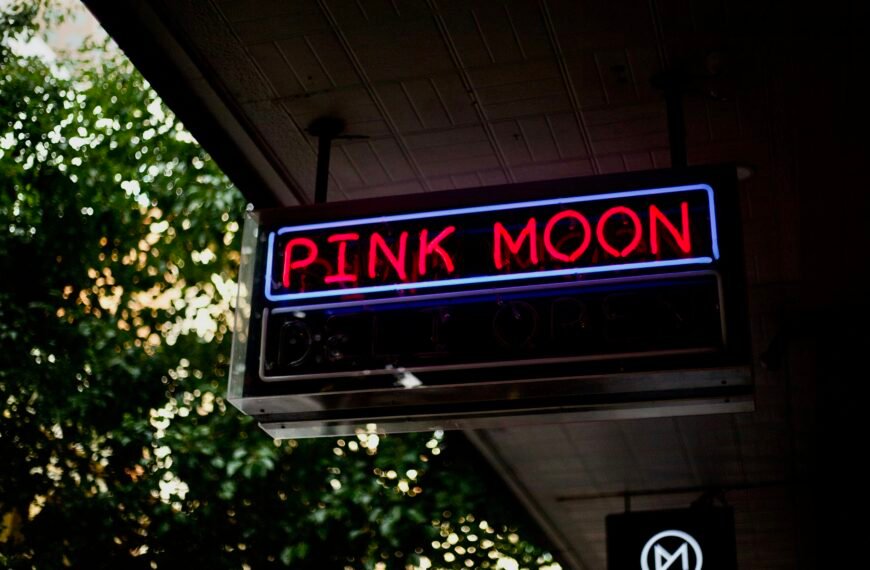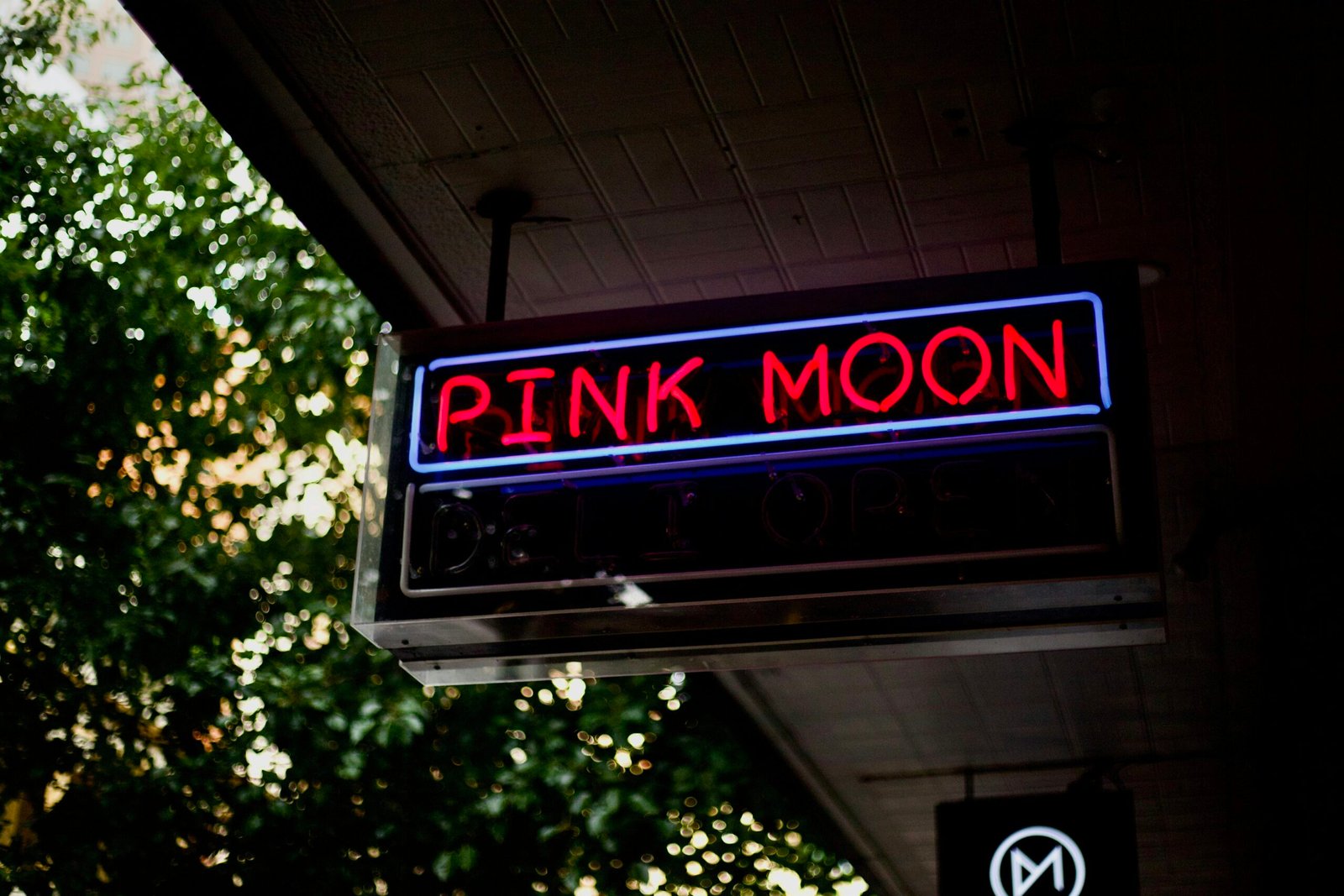Hello! Today, we have unfortunate news to share about Philadelphia’s University of the Arts. The institution, known for its rich history and talented students, has announced its sudden closing on June 7. Financial struggles led to this unexpected decision, leaving many students and faculty members shocked by the news. Despite efforts to find a solution, the University of the Arts will no longer be able to serve its mission. Stay tuned for more updates on this developing story. Have you heard the news about the sudden closing of Philadelphia’s University of the Arts? If you’re a student, faculty member, or simply interested in the arts education landscape, this announcement may have come as a surprise. Let’s take a closer look at what led to this decision and what it means for those involved.

Understanding the Financial Situation
The University of the Arts has been facing financial challenges for several years, with declining enrollments, revenues, and increasing expenses. This combination of factors has led to a fragile financial state for the institution, ultimately resulting in the decision to close its doors.
How declining enrollments impacted the university
With enrollments down from over 2,000 students in 2013 to just over 1,000 students currently, the university has been struggling to maintain its student population. This decrease in enrollment has directly affected the institution’s revenue stream, leading to financial instability.
Role of revenue sources in supporting the university
Despite efforts to secure grants and gifts to support the university’s operations, the necessary funds did not materialize in time to address the financial challenges. This lack of financial support, combined with declining revenues, put further strain on the university’s finances, ultimately contributing to its closure.
Implications for Students and Faculty Members
The sudden announcement of the university’s closure has left many students and faculty members in a state of shock and uncertainty about their future.
Student reactions to the news
For students like Natalie DeFruscio, an illustration major who was about to start her senior year, the closure came as a shock. Many students had formed close bonds with their professors and peers at the university, making the news even more difficult to process.
Faculty members caught off-guard
Faculty members, too, were blindsided by the announcement, as they had dedicated their time and expertise to nurturing the talent of the university’s students. The closure has left both students and faculty members scrambling to make alternate plans for the future.

Factors Leading to the Closure
Several factors contributed to the university’s decision to close its doors, including cash flow constraints and unanticipated costs.
Cash flow constraints impacting operations
As is common with educational institutions that rely heavily on tuition dollars, the University of the Arts faced significant cash flow constraints that affected its day-to-day operations. This ongoing financial strain made it increasingly difficult for the university to sustain its programs and services.
Unanticipated costs and infrastructure repairs
In addition to cash flow issues, the university also faced unexpected costs, such as major infrastructure repairs, that strained its financial resources even further. These unforeseen expenses, coupled with declining revenues, created a financial burden that the university could not overcome.
Transitioning to Other Institutions
In the wake of the university’s closure, efforts are being made to assist students in transferring to other institutions and continue their education.
Support for student transfers
The university has pledged to support students in finding new educational opportunities at nearby institutions. This assistance includes helping students navigate the transfer process and ensuring a smooth transition to a new academic environment.
Options for faculty members
While the focus is primarily on supporting students during this transition period, faculty members are also exploring their options for continuing their careers in academia or the arts. Many faculty members are actively seeking new opportunities in the field to continue their work.

Final Thoughts and Moving Forward
While the closure of the University of the Arts is undoubtedly a challenging time for students, faculty members, and the broader arts education community, it also presents an opportunity for reflection and growth.
Remembering the legacy of the university
As we look back on the nearly 150-year history of the University of the Arts, it’s important to remember the impact that the institution has had on countless students and artists over the years. The university’s legacy will live on through the work of its alumni and the memories shared by those who were part of its community.
Looking ahead to new beginnings
As students and faculty members navigate this period of transition, it’s important to embrace the opportunities that lie ahead. Whether it’s pursuing new educational opportunities, exploring different career paths, or simply taking time to reflect on the experience at the University of the Arts, this moment offers a chance for growth and renewal.
In conclusion, the sudden closure of Philadelphia’s University of the Arts may have come as a surprise to many, but it also signals a new chapter for those impacted by this decision. By coming together as a community and supporting one another through this transition, we can find a way forward and continue to celebrate the power of arts education.







